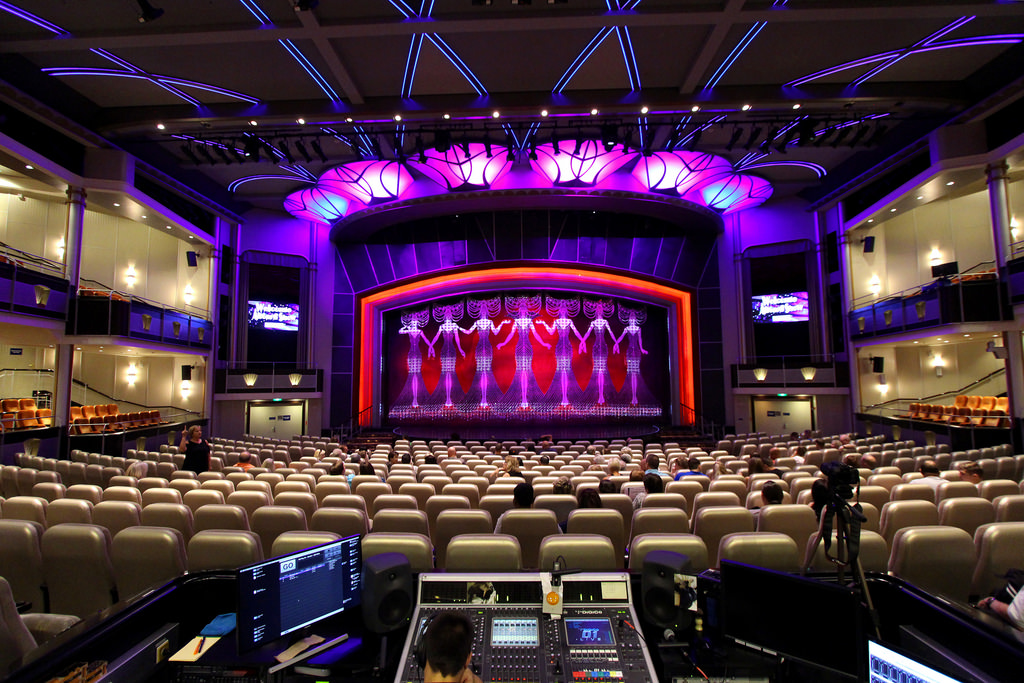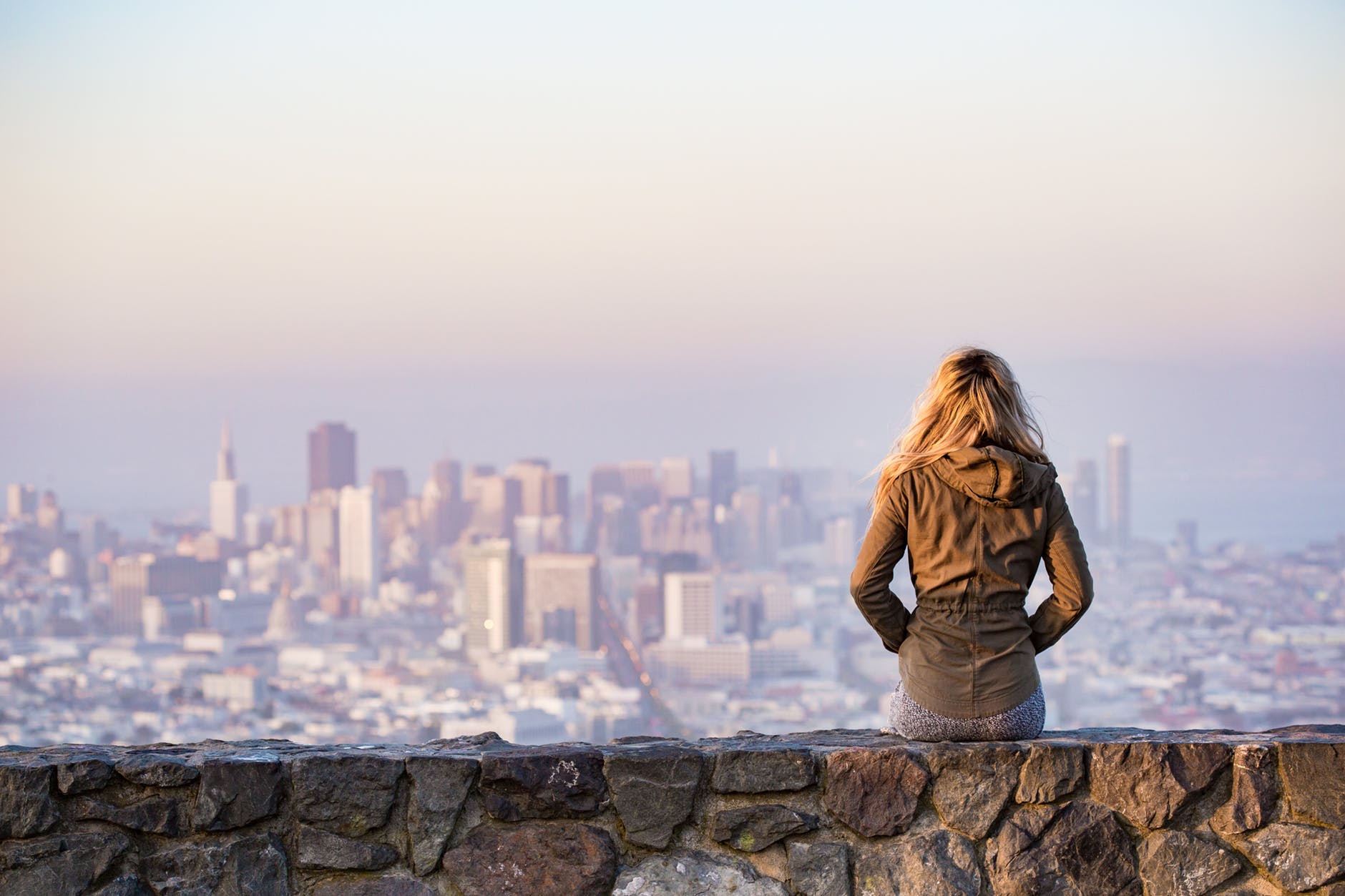The Tech That’s Bringing Broadway Into the 21st Century
For an entertaining time that’s essentially NYC, you can do no better than a show on Broadway. While many other pre-internet forms of entertainment fall by the wayside, the Broadway box office is thriving, with the 2016-17 season (running from May to May) the highest grossing year Manhattan’s Theater District has ever experienced. Robust ticket prices account for some of these high receipts, but how is it that the oldest performance art of them all, stage acting, is able to continually draw huge crowds in our technology-influenced age?
The answer is simple: with their own takes on cutting-edge technology. Today’s Broadway productions incorporate modern tech in a number of ways: from advanced production values to the scripts themselves, to all-new methods of delivery. Broadway audiences have always demanded the best in showmanship and craft and thanks to new technology, modern shows are able to deliver both in droves.
On Stage
The music and choreography, as always, is top-notch, but a growing number of shows are now boosted by an infusion of high-tech stagecraft. When adapting a blockbuster film whose audiences arrive with memories of CGI-laden animation in their heads, the stakes are higher than usual. Big budget crowd favorites like Aladdin and Frozen moved from the silver screen to the Great White Way seamlessly thanks to custom designed special effects. With audience attention at a premium thanks to all the distractions at our fingertips, the premier shows of Broadway have brought in tech experts to create an unmissable experience that can’t be replicated anywhere else.
In the Script
For all the allure of eye-popping setpieces, the heart of any good show is in making the lives of its characters real. For a contemporary show like Dear Evan Hansen, that means integrating everyday tech into the lives of its teen characters in an honest and organic way. The 2017 Tony Winner for Best Musical plot centers around a viral hashtag that spirals out of control, forcing the title character to reckon with the role the Internet plays in his and countless other teenagers’ lives. It’s a thoughtful take on modernity, one that’s resonated with audiences and critics in a major way.
Into Homes Worldwide
Even for shows with minimal special effects, technological advancements have expanded possibilities for reaching a new audience. 2017 saw the first-ever Internet live stream of a Broadway show, the beloved musical She Loves Me beamed to computers, phones and tablets nationwide for a wallet-friendly $10 price point. Affordability and convenience are two things that we don’t often associate with a trip to the Theater District, so if this development truly catches on, we might see wholesale changes in the way shows are produced and sold.
From the stage to the audience, there’s no frontier that changes in tech aren’t touching on the Great White Way. Worries about falling into irrelevance seem to be unfounded when looking at how well this perennial attraction has adapted for the 21st Century.


